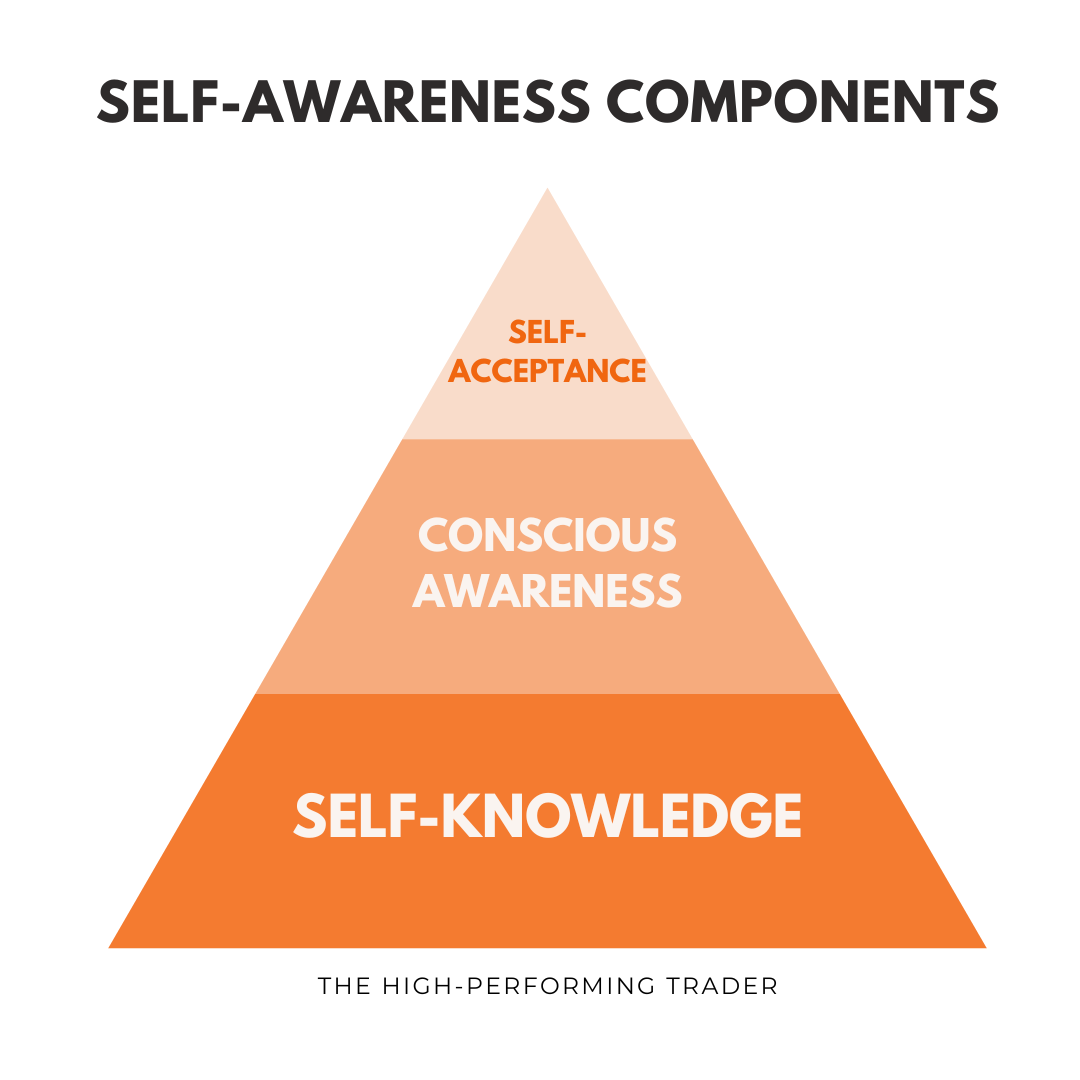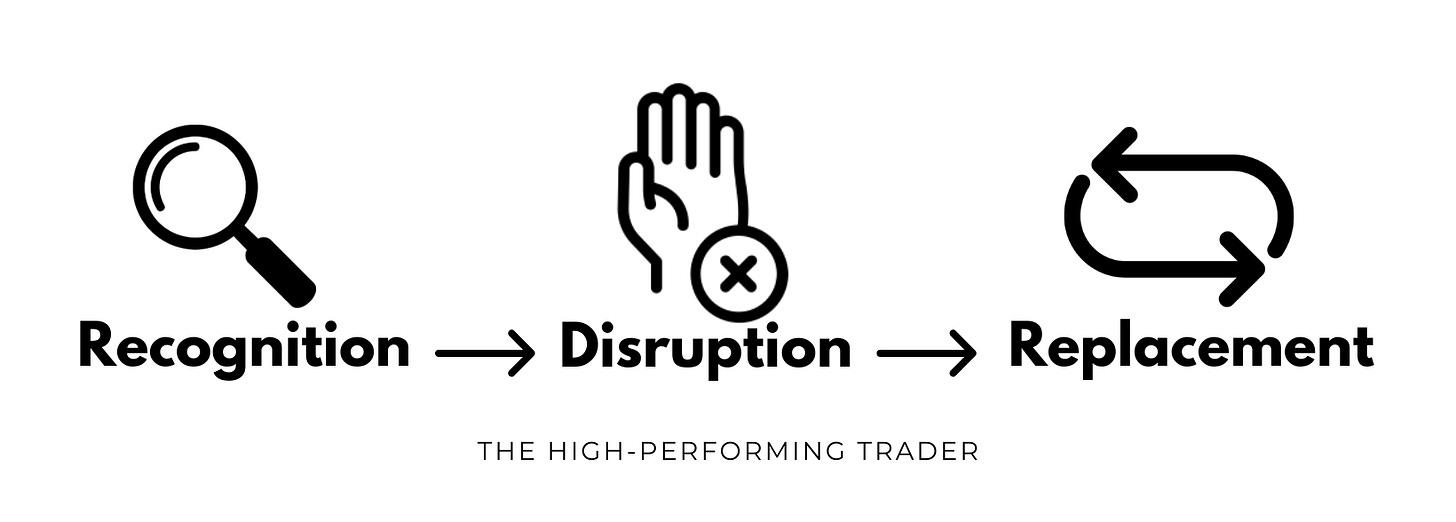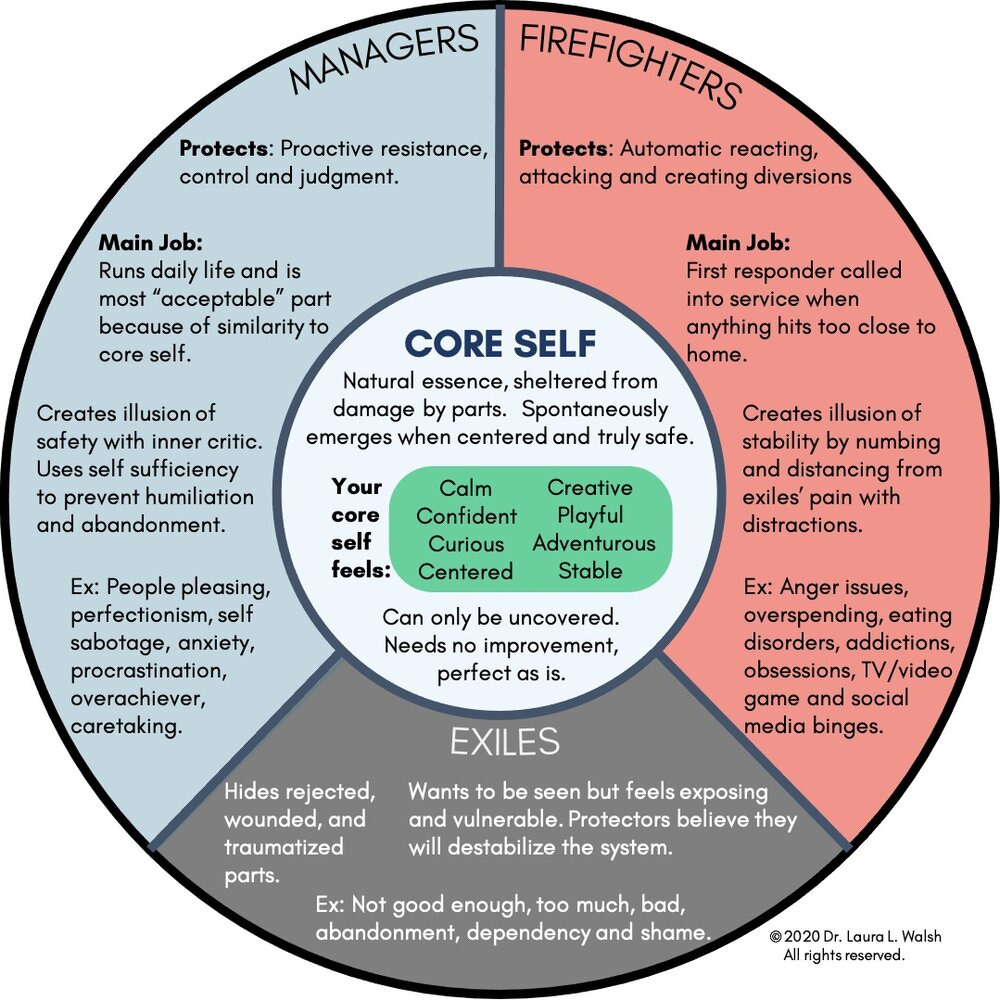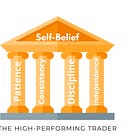Why Self-Judgment Is Killing Your Trading Performance (and How Self-Acceptance Can Save It)
How self-acceptance can unlock your full trading potential.
Kickstart 2025 with the accountability you need to unlock your full potential as a trader:
Visit the best posts of 2024 here.
How well do you truly accept yourself?
Let’s do a quick check—answer these 5 questions honestly:
When someone upsets you, do you hold it in and carry the weight silently?
Do you find it hard to forgive yourself for mistakes without spiraling into self-criticism or shame?
When you’re feeling emotional in trading, do you push those feelings aside because they feel “unproductive”?
Do you treat yourself more harshly than you would a close friend in the same situation?
Are you hesitant to set boundaries or express your needs?
If you found yourself saying “yes” to most of these, chances are, you’re used to bottling things up and escaping confrontation.
For those who developed a coping mechanism of emotional repression, self-acceptance represents a real challenge.
But becoming a professional trader demands confrontation—with losses, mistakes, and most importantly with the version of yourself that shows up when those happen.
In this post, I’ll show you why self-acceptance is a game-changer for your trading performance—and share practical steps to help you start managing your emotions more effectively.
How Stress Affects Creativity (and Trading)
Did you know the type of stress you experience can significantly influence your creativity—and your trading performance?
A 2020 study explored this and found something fascinating: the context of stress matters. Specifically, whether the stress is socially evaluative (feeling judged) or not makes a huge difference.
The results?
When people weren’t worried about being judged (low social-evaluative stress), their creativity flourished. But when judgment was on the line, creativity plummeted.
Why? High social-evaluative stress triggers your fight-or-flight response, which shuts down the parts of the brain responsible for curiosity and exploration.
Dr. Martha Beck (Oprah’s life coach) explained this beautifully on The Diary of a CEO podcast. She described how our brain has two different responses to threats:
The left side of the amygdala handles the classic fight-or-flight reaction.
Meanwhile, the right side is wired for curiosity to gather more information about a potential threat and gain a sense of control.
This curiosity mechanism is just as human as our survival instinct, but most traders are stuck in fight-or-flight mode.
Why Self-Judgment Is Just as Harmful
The study focused on external stressors, but the truth is: your brain doesn’t distinguish between being judged by others and judging yourself.
Self-judgment creates the same kind of stress as external pressure.
Think about how often you treat the market as if it’s judging you. But in reality, you’re the one creating the pressure to perform.
When stress is high, it’s nearly impossible to approach a threat with the right, creative side of the brain.
This is where self-acceptance becomes a game-changer.
When you let go of constant self-judgment, you quiet the left-sided amygdala and make room for the right side.
The path to change begins with this shift.
Self-Awareness Starts with Self-Acceptance
There’s this idea that self-awareness is all about knowing what triggers you and understanding how your emotions and body react in those moments. And while that’s crucial (I’ve even shared a tool here to help you with this), it’s not the whole picture.
Here’s what gets overlooked by most traders: self-awareness cannot exist alongside self-judgment.
So, what does true self-awareness look like?
It’s made up of three interconnected elements:
Knowledge about yourself – “I know missing a trade is my biggest trigger.”
Conscious awareness – “I recognize when I’m triggered by a missed trade and can notice the thoughts and emotions that show up in that moment.”
Self-acceptance – “I see the thoughts and emotions that arise when I miss a trade, and I accept them as a normal part of being human. They’re just one part of me doing its job; they don’t define me.”
Positioning these three in a pyramid, we’d have something like this:
Without knowing your problem-pattern ecosystem, there’s not much room for conscious awareness (real-time recognition).
Self-acceptance is a requirement for self-awareness but can only emerge on top of these two layers.
The Missing Link
I see traders over-focusing on knowing more about themselves and their problem-pattern in trading, but rarely do they work on the self-acceptance of that knowledge.
Let’s take Joseph, for example.
Joseph is highly aware of his triggers. After two losses in a row, he can feel his body tensing and his mind racing with anger. In high school, Joseph used to snap at classmates when they disagreed with him. On the charts, he recognizes these signs and wisely steps back from trading when he feels that familiar surge of emotion.
But here’s where Joseph struggles: while his interruption works in the moment, he doesn’t know how to reframe his perspective. Instead of managing and processing the anger, he suppresses it, carrying it into the next trading day. That’s when Joseph’s emotions spill over, and he enters an impulsive trade right at market open.
Sound familiar?
Brett Steenbarger outlines three essential steps for breaking this kind of cycle:
Recognition of the altered emotional state.
Interruption of the autopilot behavior.
Replacement of the old behavior with a new one.
While Brett talks about a physical replacement, in order to sustain change, a mental replacement must take place first. This is called perspective reframing—it takes you to validate your current perspective, identify the distortions, and replace it with a more productive one.
(In this post, I walk you through the step-by-step process of creating your own emergency plan for self-control at the charts.)
Why Self-Acceptance is the Foundation for Change
True self-acceptance is not about identifying yourself with your emotions (known as cognitive fusion). It’s about acknowledging every part of yourself and your emotions as valid.
Valid doesn’t mean your emotions are the best response for the situation; it means they’re part of you, doing their job to protect you in some way.
This is where the Internal Family Systems (IFS) framework comes in. IFS teaches that our brain operates as a system of different “parts”:
The Manager: Tries to keep you in control and avoid pain.
The Exile: Holds onto past wounds and fears.
The Firefighter: Steps in with impulsive or extreme reactions to soothe or distract from discomfort.
The beauty of IFS is in recognizing that all these parts are trying to protect you, even when their methods aren’t helpful.
Dr. Laura Walsh’s framework captures this beautifully:
When you stop fighting these parts and instead work with them, you unlock the type of self-acceptance that leads to a healthy perspective reframing.
The Impact of Self-Judgment
When stress is high, your impulse control takes a nosedive. Add self-blame to the mix, and you’re essentially keeping your stress levels maxed out—sabotaging your performance and growth in the process.
To break this cycle, we need to tackle it from two angles:
#1 Reducing External Stressors
As I mentioned in this post, high amounts of stress don’t directly link with a higher amount of workload, but whether or not that work goes in accordance with your values.
If you’re stuck in a job that doesn’t play to your strengths or feels toxic, it will drain you, no matter how many hours per day you work there.
So here, I want you to ask yourself:
Is my current life favoring my deepest life values and tapping into my strengths?
You’ll frustrate yourself trying to become great in environments that don’t fit you, and you’ll rapidly derive fulfillment in environments that do.
#2 Reducing Self-Judgment
This year, I want you to shift the focus: if you’ve already done the work to deeply understand your problem patterns, it’s time to level up self-acceptance. Believe it or not, it is a skill that’s practicable — your brain can learn anything. That’s the beauty of it all!
How to Strengthen Your Self-Acceptance Pathways
Here are a couple of simple and powerful ways to start practicing self-acceptance:
Allow your emotions to flow.
When anger arises on the charts, let yourself feel it without guilt. Allowing the emotion to flow will help you let it go instead of getting stuck in your body.Express how you feel.
If someone says something that bothers you, don’t bottle it up. Even if you don’t address it right away, make it a point to share how you feel—whether it’s a text later that day or a conversation when you see them next.
Practicing self-acceptance is about honoring your emotions instead of ignoring or accumulating them. This strengthens your relationship with yourself, paving the way for a better life—and undeniably better trading performance.
With love,
Sara
Kickstart 2025 with the accountability you need to unlock your full potential as a trader:
Related reads:
Visit the best posts of 2024 here and all unlocked paid posts here.







I see you're an avid DOAC fan! Good stuff!
Great useful post Sara! Lots of food for thought and useful insights into how this all connects. Thanks!